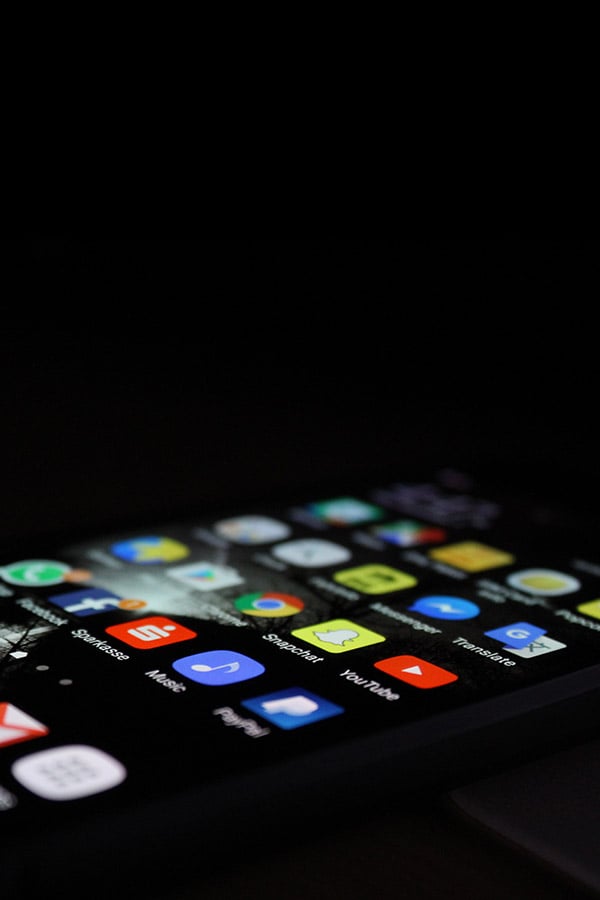Alexander the Great, one of the most legendary figures in history, has inspired awe and intrigue for centuries. His military conquests, leadership, and vision shaped the ancient world and left an indelible mark on history. But amid his numerous accomplishments, one question continues to captivate historians and enthusiasts alike: What did Alexander the Great really look like?
Thanks to modern advancements in historical research and facial reconstruction, we are closer than ever to uncovering the true appearance of this iconic leader. This blog post will explore the historical accuracy of portraits, the role of archaeology in understanding ancient figures, and how the power of historical reconstruction is bringing the ancient world back to life.
The Mystery of Alexander’s Appearance
For centuries, Alexander the Great’s appearance has been a subject of speculation. Ancient artifacts, particularly coins, historical portraits, and sculptures, have provided clues to his facial features. These depictions, however, have varied dramatically, often influenced by the cultural ideals of the time or the artistic styles of the period.
Ancient Portraits and Artifacts
The most well-known image of Alexander comes from his time and is seen on coins from the Greek Empire. These coins, often minted during his reign or shortly after his death, show a man with wavy hair, a strong jawline, and intense eyes. While these images offer some clues about his features, they are not entirely accurate portrayals. Ancient portraits and sculptures also offer different interpretations of his face. Notably, some sculptures depict him with a youthful, clean-shaven alexander the great real face with features that are idealized, perhaps to emphasize his godlike qualities rather than his real appearance.
One of the most famous representations of Alexander the Great comes from the Hellenistic period — the Alexander Sarcophagus, a beautifully detailed artifact that shows him in a dramatic battle scene. However, these historical portraits were created based on the artistic conventions of the time, which often exaggerated or idealized the subject’s features.
The Role of Facial Reconstruction in Historical Research
Thanks to modern archaeology and advances in facial reconstruction, researchers can now use cutting-edge technology to try and recreate what Alexander may have looked like. Using a combination of scientific techniques, historical research, and artistic skill, experts have been able to reconstruct his face with a level of precision never before possible.
One such historical reconstruction project took place in the early 2000s, when a team of researchers from Britain and Greece set out to recreate Alexander’s face based on the most reliable ancient artifacts and sculptures. By carefully analyzing these images, alongside skeletal remains from the time period, they were able to create a more lifelike interpretation of the famous conqueror.
The most striking feature in these reconstructions is Alexander’s characteristic wavy hair, often depicted as a lion’s mane in ancient art. This feature became iconic and is one of the most recognizable elements of his appearance, even in modern interpretations.
Iconic Leaders and Their Influence
As a military leader, Alexander’s image played a huge role in shaping his legacy. Over time, his portrait became synonymous with power, courage, and vision. The Greek Empire spread far beyond Greece, and Alexander’s legacy extended to regions far and wide. Whether on coins, in the form of busts, or in monumental sculptures, his face became an enduring symbol of his reign.
Alexander’s influence can still be felt today, as many military and political leaders have sought to associate themselves with his image to evoke power and authority. In fact, the continued fascination with his iconic alexander the great real face has persisted through the ages. It is this sense of historical continuity that has led to the resurgence of interest in his facial reconstruction.
Archaeological Discoveries and the Search for Accuracy
While no confirmed remains of Alexander the Great have ever been found, archaeological discoveries continue to provide new insights into his life and the world he shaped. The search for his final resting place, long a mystery, continues to intrigue researchers. Some believe that archaeological discoveries made in Egypt might point to the location of his tomb, though no definitive evidence has been found.
Facial reconstruction is part of a larger effort to understand Alexander’s true legacy. By studying ancient artifacts and historical figures, researchers are piecing together more than just his face—they are uncovering the world of ancient Greece and the Mediterranean in ways that were previously unimaginable.
The Power of Historical Reconstruction
The technology behind facial reconstruction has evolved rapidly, combining computerized imaging, 3D modeling, and anatomical analysis to bring historical figures like Alexander the Great back to life. Through this process, we can see how he may have looked at the height of his power, helping us connect more deeply with this legendary leader.
This historical research is not just about satisfying curiosity—it also has a larger purpose. It helps us understand the individuals behind the myths and stories that shaped the course of history. By focusing on historical accuracy, modern-day researchers can create a more realistic and engaging view of the past. Whether it’s through historical portraits, facial reconstruction, or archaeological discoveries, the aim is to get as close as possible to the truth of who Alexander the Great was.
Alexander’s Legacy and the Lasting Impact of His Image
While we may never know exactly what Alexander the Great looked like, the legacy of his image continues to inspire. From the ancient world to the present day, the face of Alexander remains a powerful symbol of leadership, vision, and conquest. His facial reconstruction is more than just an exercise in archaeology; it’s a way of preserving and celebrating his legacy for future generations.
The world’s fascination with historical figures like Alexander the Great will likely continue for centuries to come. Thanks to advancements in archaeology and facial reconstruction, we can gain a deeper appreciation for the men and women who shaped the world we live in today.









